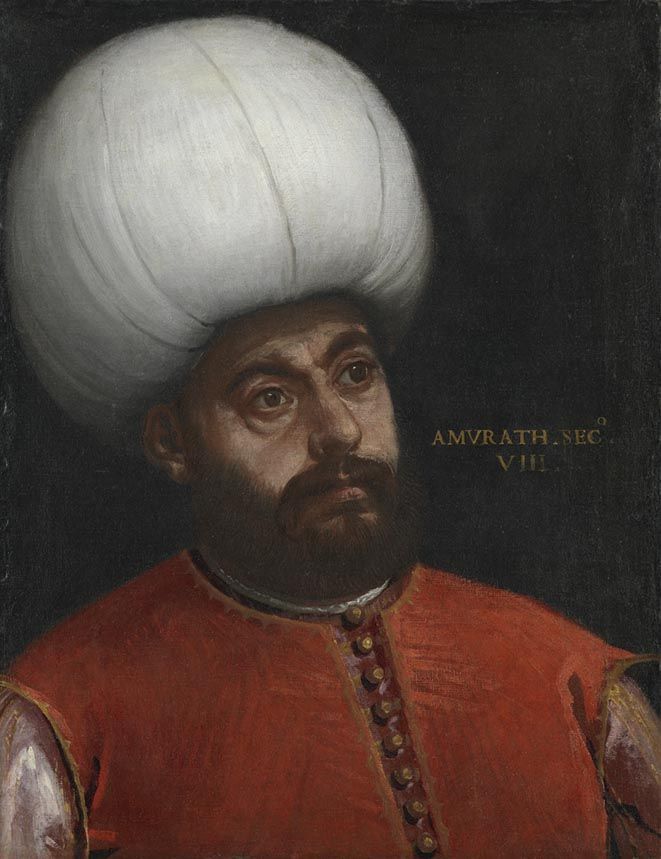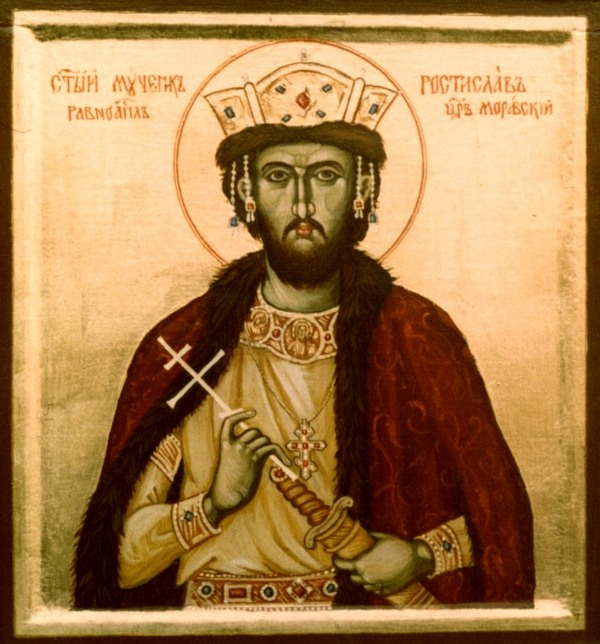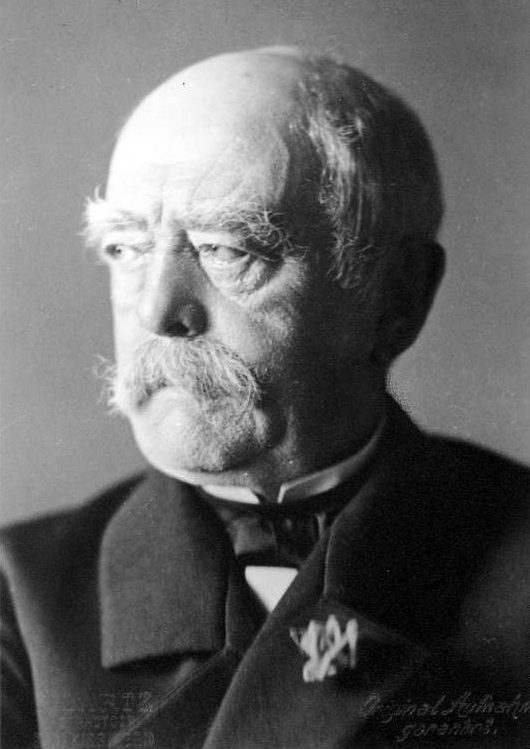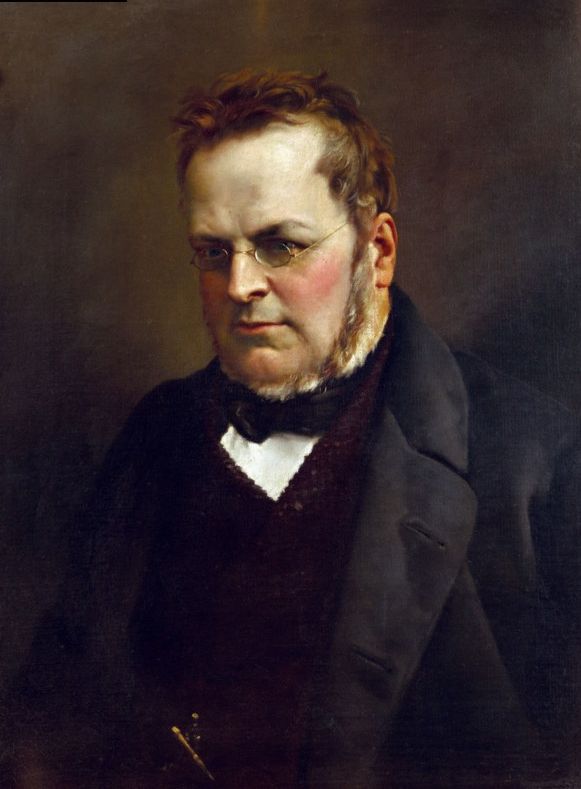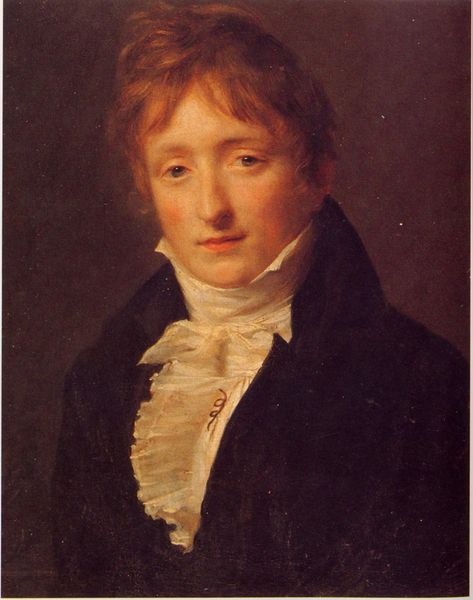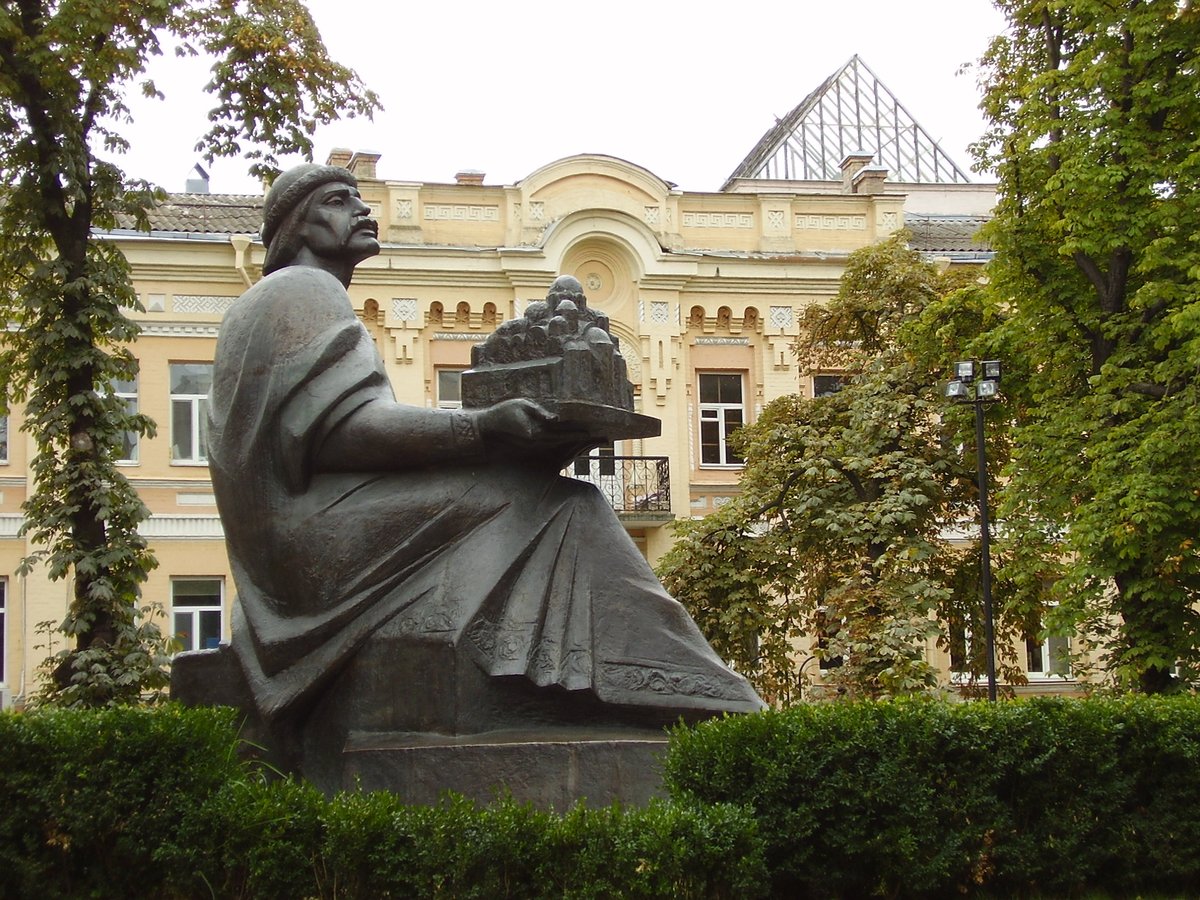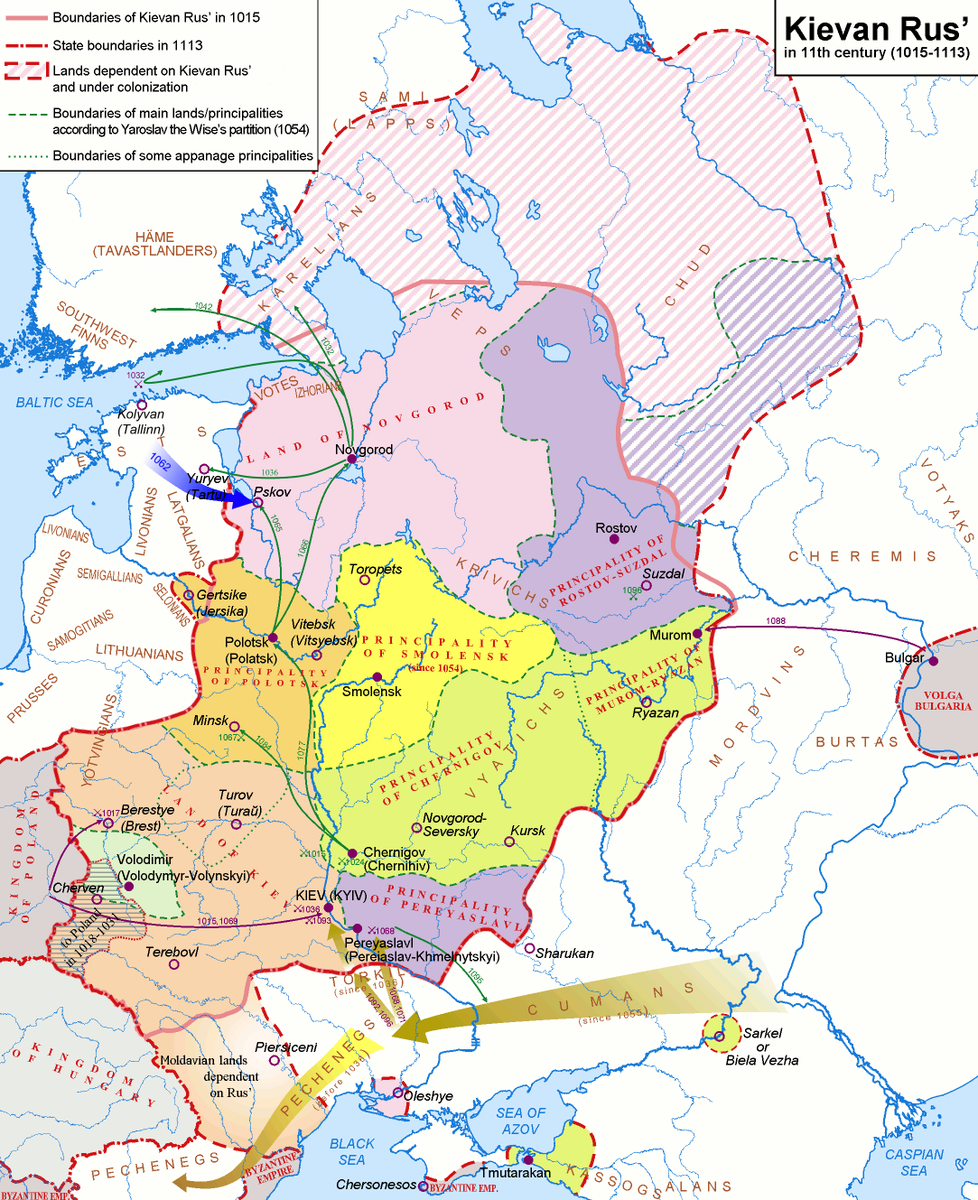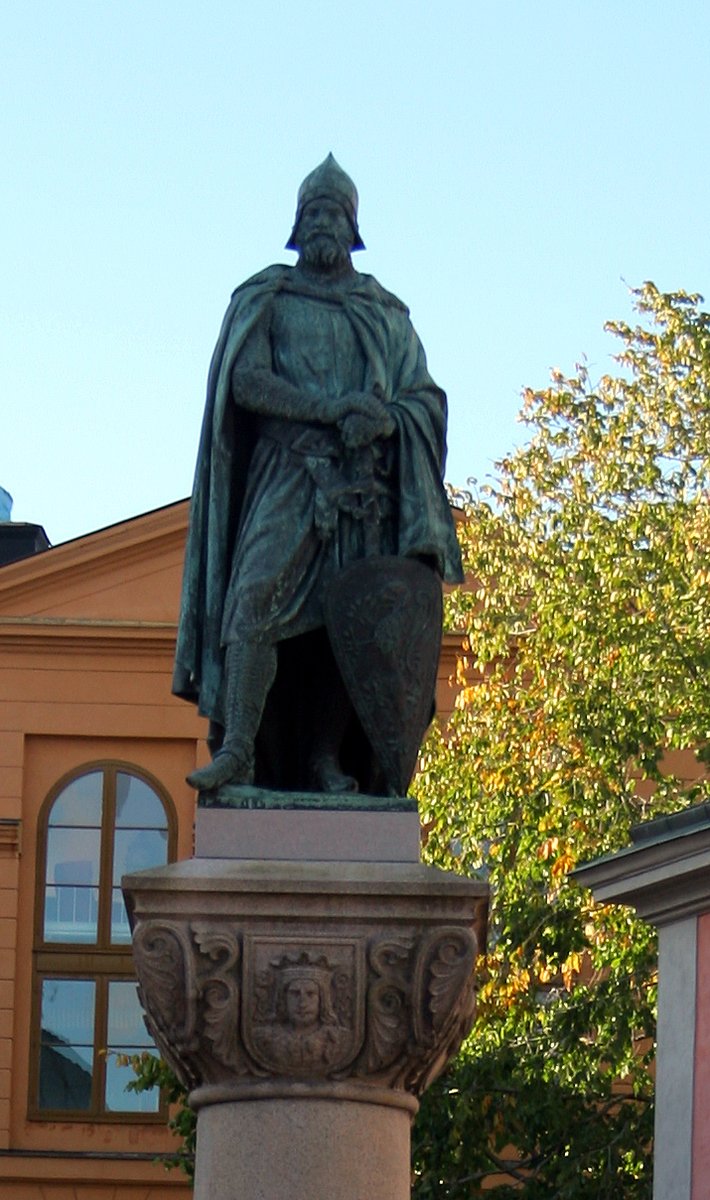Bishops can be tricky on the chess board, be it on a camel, an elephant or in a chariot.
Then there are times when they take the sword and carve out nations for themselves.
Story in the evening ...
Then there are times when they take the sword and carve out nations for themselves.
Story in the evening ...
https://twitter.com/Arby_K/status/1478192140991680515
Albert von Buxthoeven was born around 1165. He had an elder brother named Hermann and his uncle was Hartwig von Utlede, who became Archbishop of Hamburg-Bremen in 1184. Hartwig von Utlede appears to have had close ties with the Saxon Duke, Heinrich der Löwe. 1/10 

The period saw merchants from Bremen and Lübeck, another city under the influence of Heinrich der Löwe, develop bases among the Baltic tribes. As their influence increased, Archbishop Hartwig extended his Archbishopric to the Baltic consecrating Meinhard as Bishop of Üxküll. 2/10 

Heinrich der Löwe had an on and off tussle with the Holy Roman Emperor, which also had an impact on Archbishop Hartwig's fortunes. By the end of the century, the brothers, Albert and Hermann, appear to have joined the clergy under their uncle. 3/10 

In 1199, Albert von Buxthoeven was appointed the new Bishop of Üxküll. He quickly realized the untenable position of his post, and a sought a stronger base. Together with merchants from Gotland, he founded a more defendable base nearer to the sea - Riga. 4/10 



He then brought in armed reinforcements from Germany and founded Schwertbrüderorden (Order of the Brothers of the Sword), later known as the Livonian Order. The Livonians were a Finnic tribe prominent in the region and were the first to face the brunt of attack by the Order. 5/10 



But pretty soon, the Order gained control of the neighbouring tribes as well. In 1209, they plundered the Latgalian Principality of Jersika, which had close ties with the Rus' Principality of Polotsk. It would be later divided between the Order and the Archbishopric. 6/10 

In 1225, Emperor Heinrich confirmed Albert and his brother, Hermann, as Princes of the Empire. Hermann von Buxthoeven had become the Bishop of Dorpat, which ventured further north from Albert's province. The Livonian Order also controlled a large part of the Baltic as well. 7/10 

Bishop Albert died in 1229, when the Livonian Order still held a strong sway over the Baltics. But they suffered a severe setback in 1236 when an attack on Samogitians, a Lithuanian tribe, was defeated with the help of Semigallians. Most of the Order's soldiers were killed. 8/10 

Soon, the various tribes of Lithuanians united under Mindaugus to fight the Order. The broken Order merged with the Teutonic Order to become an autonomous branch. The Teutonic Order controlled regions further south in the Baltics. 9/10 

The Livonian Confederation collapsed in 1561 and was divided by its neighbours. Courland and Livonia survived for a while as independent duchies, while Riga lasted as an imperial city for two decades before falling to the Polish-Lithuanian Commonwealth. 10/10 

• • •
Missing some Tweet in this thread? You can try to
force a refresh


